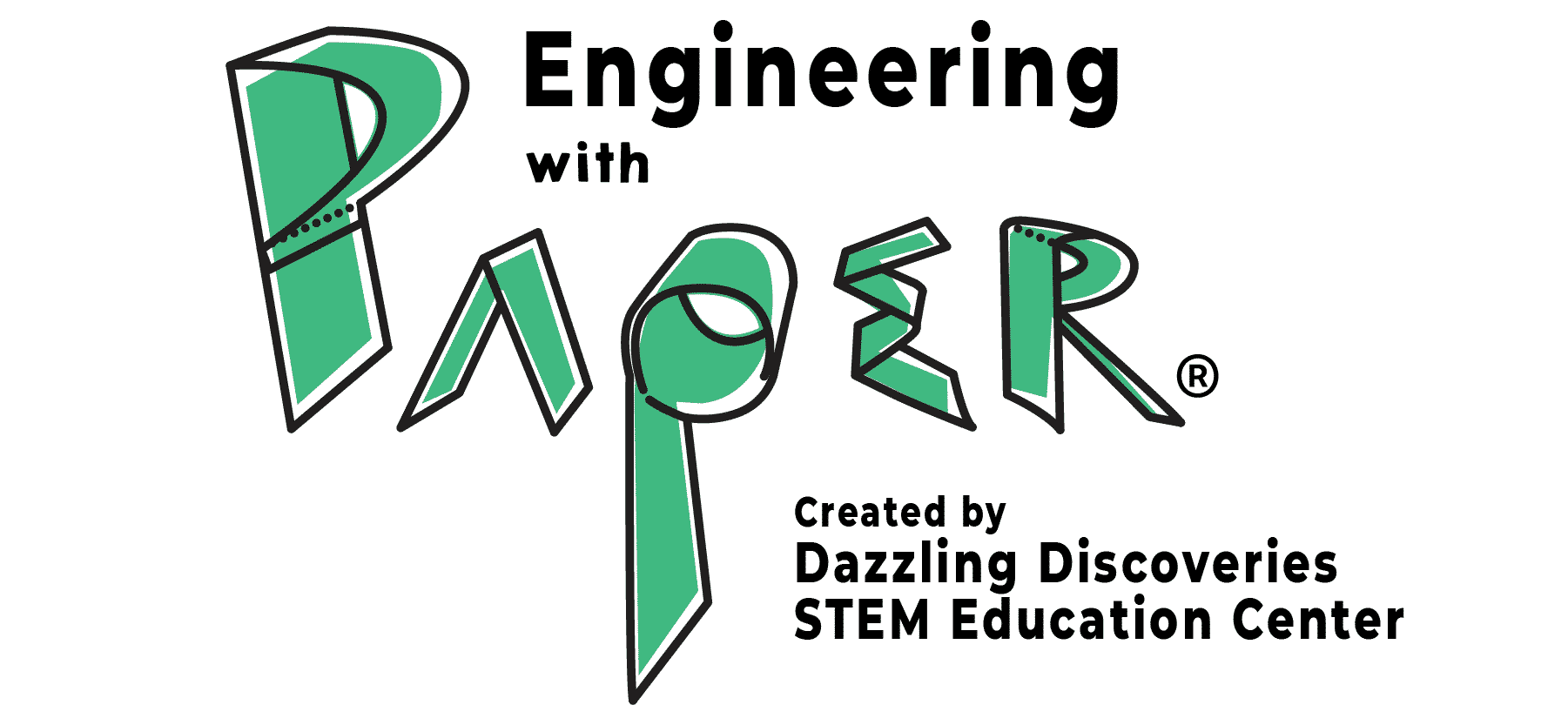Interview with Engineering with Paper
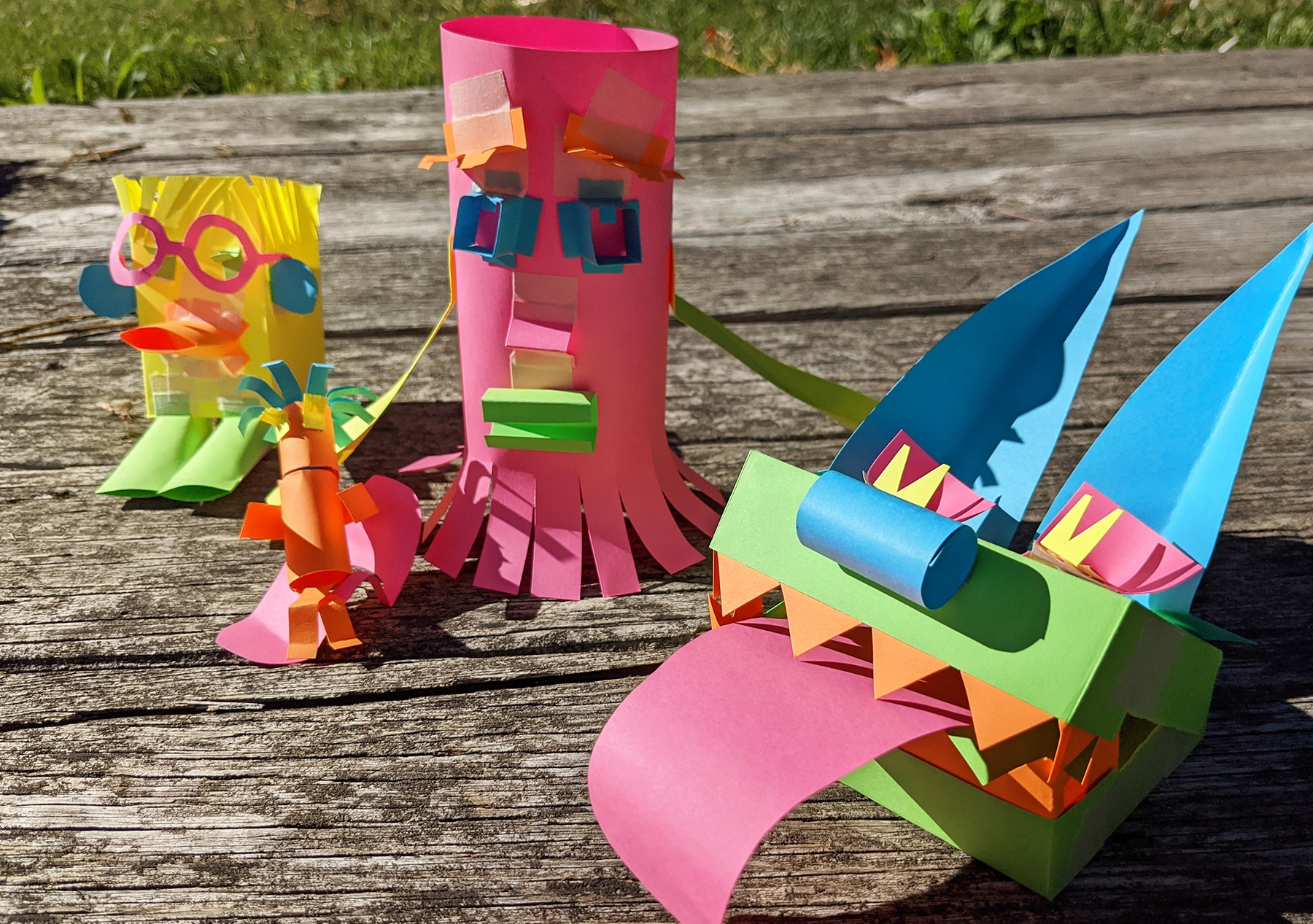
Are you a parent or teacher looking for a fun way to get kids and teens to learn about STEAM? We interviewed Godwyn Morris and Paula Frisch of Dazzling Discoveries to learn all about their unique approach towards teaching and their downloadable paper projects called Engineering with Paper.
STEAM combines art and science in fun hands-on projects. Read on to learn more about their mission to make hands-on creative learning accessible for builders of all ages and the importance of using paper in education.
How did Dazzling Discoveries come to life?
Godwyn Morris started Dazzling Discoveries STEAM Education Center in 2002 to provide hands-on learning opportunities to students and teachers in New York City. What began as a small after-school program has grown into two storefront locations, partnerships with dozens of schools, a year-round STEAM camp for kids and teens, and two product lines; Dazzlinks cardboard engineering kits, and Engineering with Paper downloadable packets. Nearly two decades later, Dazzling Discoveries, now run by Godwyn Morris and Paula Frisch, has established itself as a unique resource for bringing hands-on learning into homes and classrooms through accessible and affordable projects.

What is Engineering with Paper all about?
“Paper is so commonly used for drawing and writing, but most people do not know how to use it for 3-dimensional projects. Engineering with Paper is about teaching methods of rolling, folding, cutting and shaping paper to make almost anything. With only paper, tape and scissors, our projects show you how to make a set of 3-dimensional shapes, (we call it our “alphabet” of shapes), that can be used to create unlimited projects. For example, paper cones, cylinders, trays and tracks, when combined, become creatures, cities, playgrounds, habitats and so much more. Every project packet shows you how to make the shapes and how to connect them to make a project. The kits also come with curricula extensions for teachers.”
With all of the tech options out there to use for education, why choose paper?
“Screen based lessons clearly have their value, but nothing replaces the spatial reasoning and problem solving skills of tactile hands on explorations. Learning to think creatively can best be done through trying and doing with your hands. Paper is such a versatile material and is so easy to find and use. It’s something everyone has at home or can easily acquire. The possibilities are endless.”
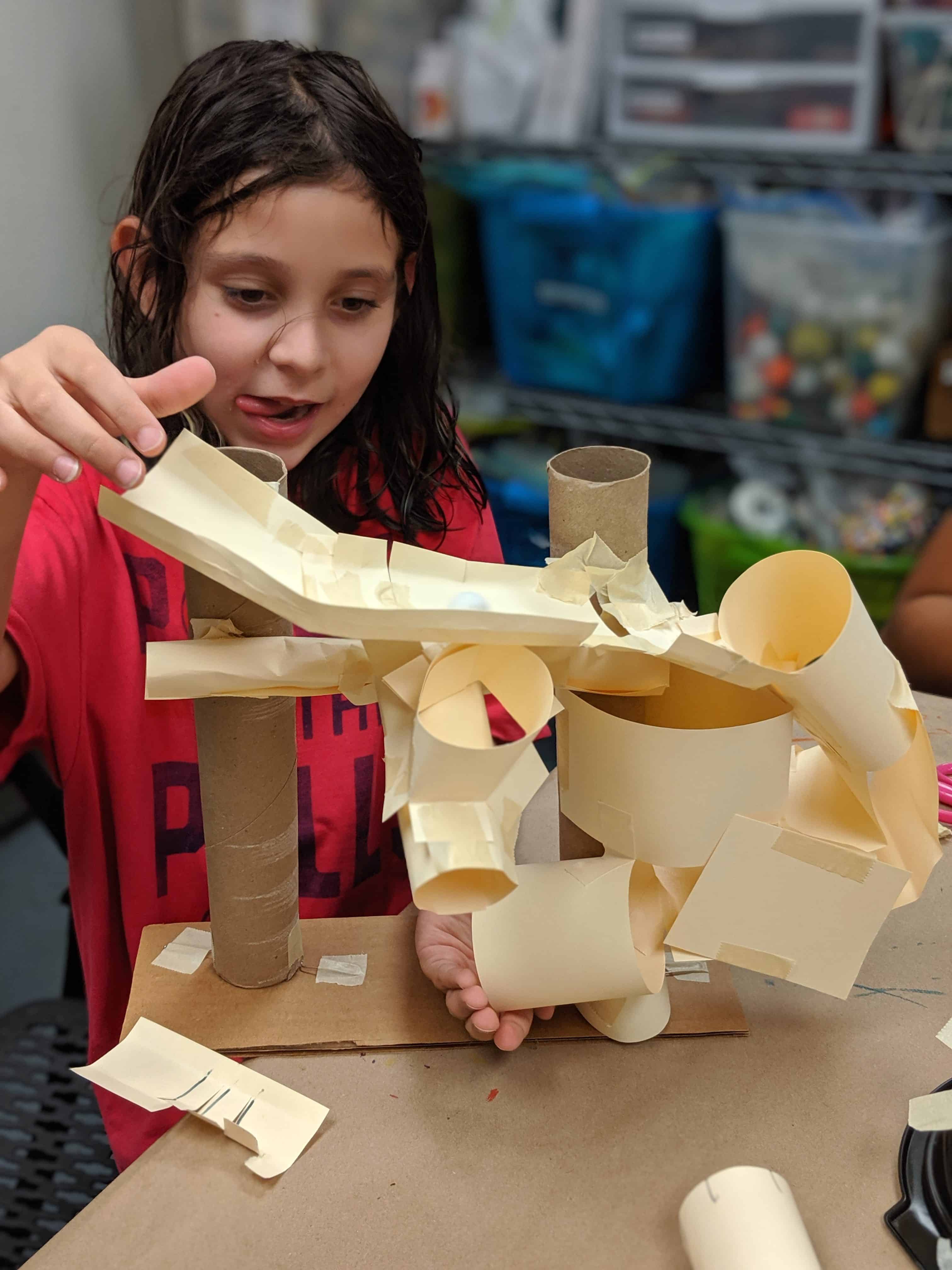

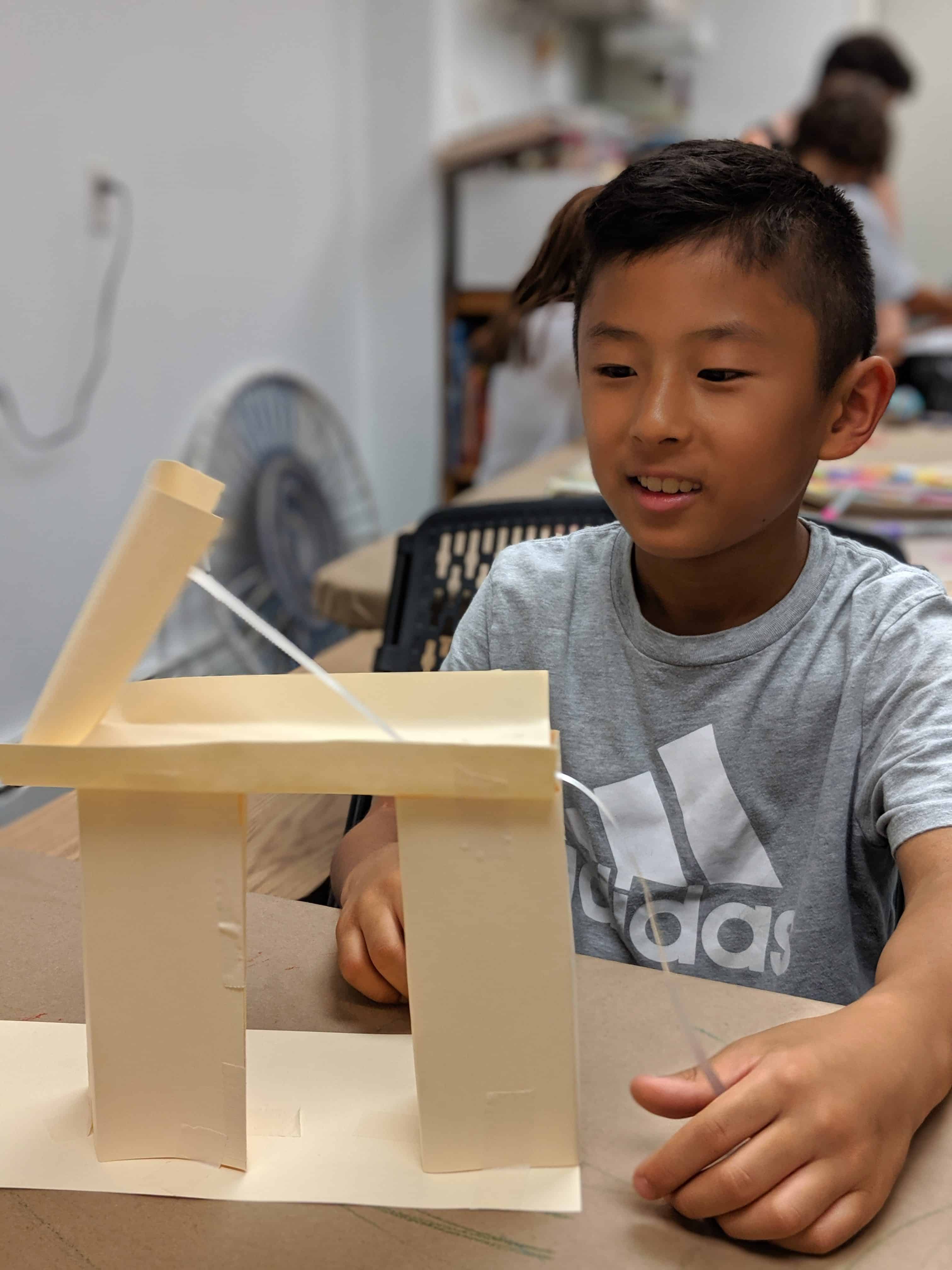

How is your organization adapting to life during Covid?
“We’ve been running after school and summer STEAM programs in NYC for two decades, so when schools closed in March we pivoted to working remotely with students, teachers & families. Thanks to our Engineering with Paper methods, this has turned out to be an extremely successful endeavor. Supplies are one of the bigger challenges educators are facing with remote learning. We have been able to provide successful, engaging, fun hands on learning experiences via remote instruction by showing kids and educators how to succeed with only paper, tape and scissors.”
Any advice for parents or teachers on how to get kids more interested in STEAM projects/field?
“Jump in and make things. Observe the details of everything around you. Look at the shapes of objects. Notice how things work and how they move. From door hinges to retractable dog leashes, bird nests to soccer balls, all objects have parts and shape and structure. Be curious. Build, test, play. All STEAM fields are about tackling challenges and considering solutions. Thinking creatively is one of the critical skills for problem solving.”
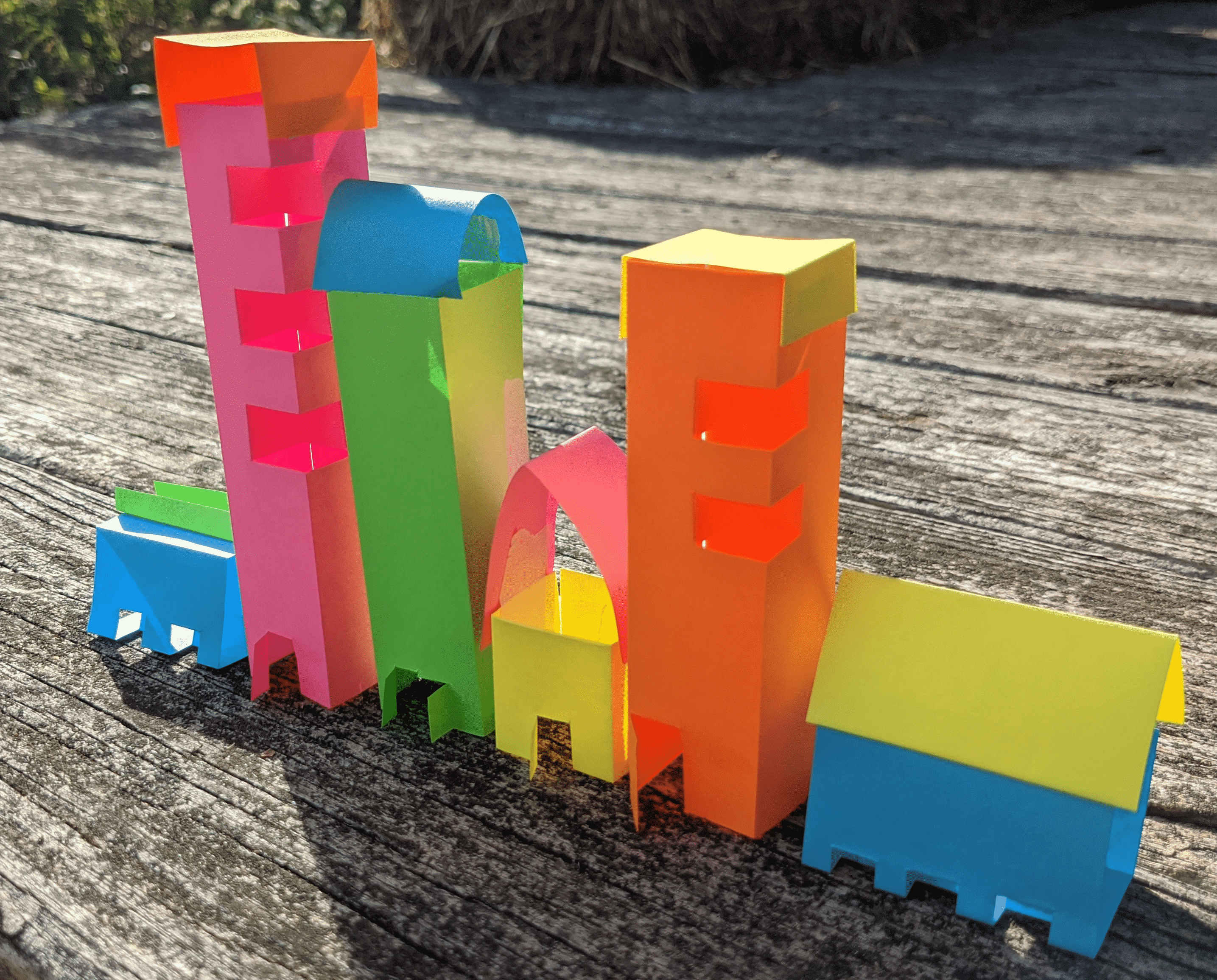
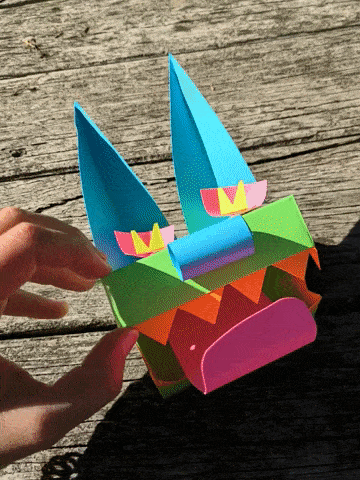
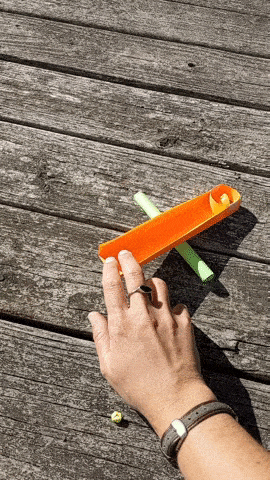
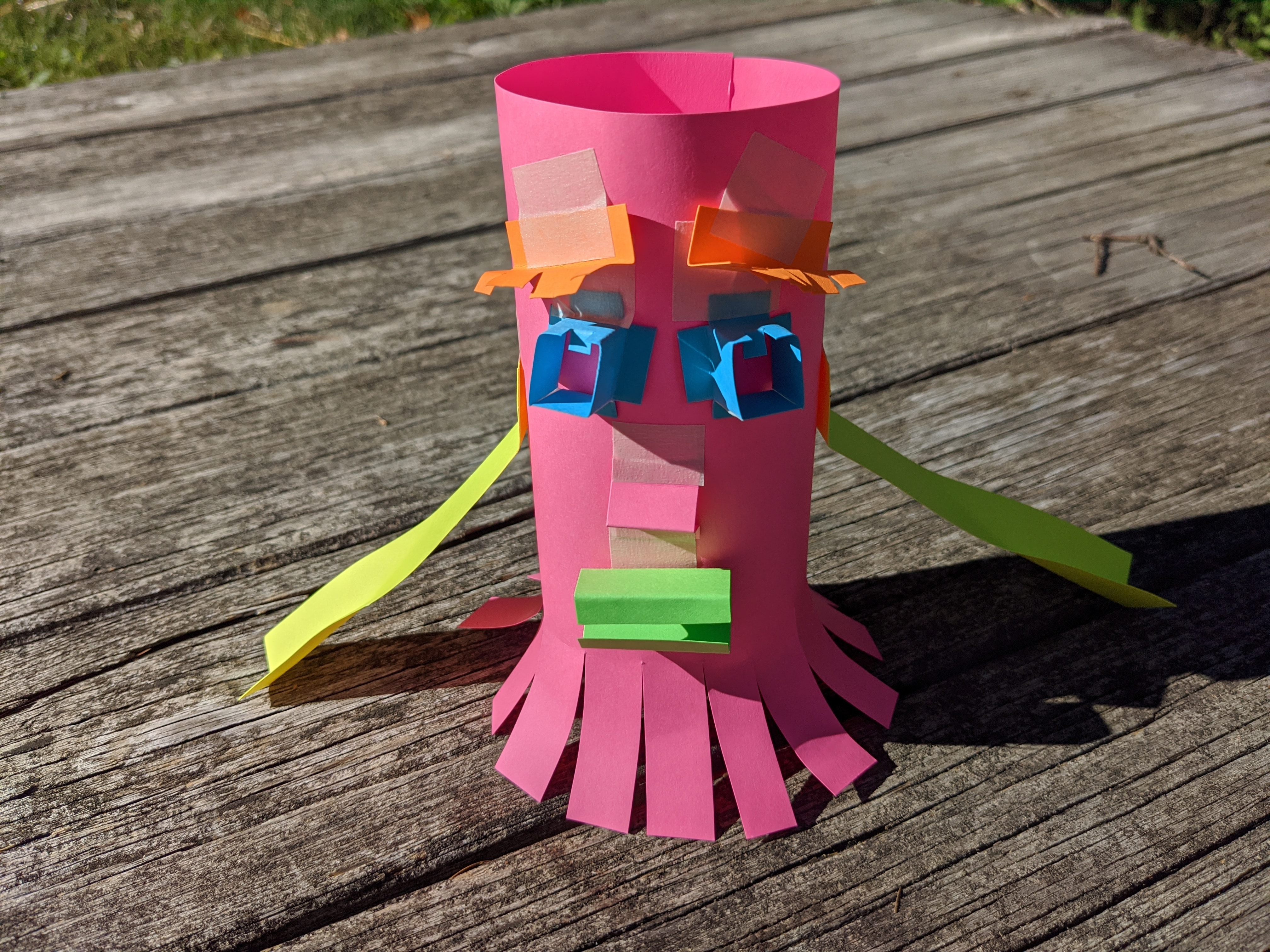
What other projects/endeavors are you working on?
“Our goal is to reach more kids and educators so that more people feel comfortable trying hands on explorations. We are adding more topics to our list of Engineering with Paper packets. Our DazzLinks cardboard engineering kits are also growing in popularity and we are working on projects that combine our paper projects with our unique cardboard shapes and beams. Publishing our ideas is also a goal and we are delighted to mention that our catapult project was recently featured in the New York Times.”
What sparked your interest in working with paper?
“We find that for hands-on projects many schools use cardboard, which is of course a form of paper but harder to use than paper. It requires a blade rather than scissors to cut it or poke holes in it. Paper, particularly heavier weight paper, is similar to cardboard in all the functional ways yet is so much easier to manipulate. Over the past months, I have had several teachers and students say to me they never even thought about paper as an option before trying our Engineering with Paper packets. And, now that they are thrilled with the results.”
For more information and to download free projects, visit their website at engineeringwithpaper.com
Interested in working with us? Visit our Become an Influencer page.
Follow us @printworksdiy on social media for more craft inspiration, and visit our Store to check out the rest of our product line.
